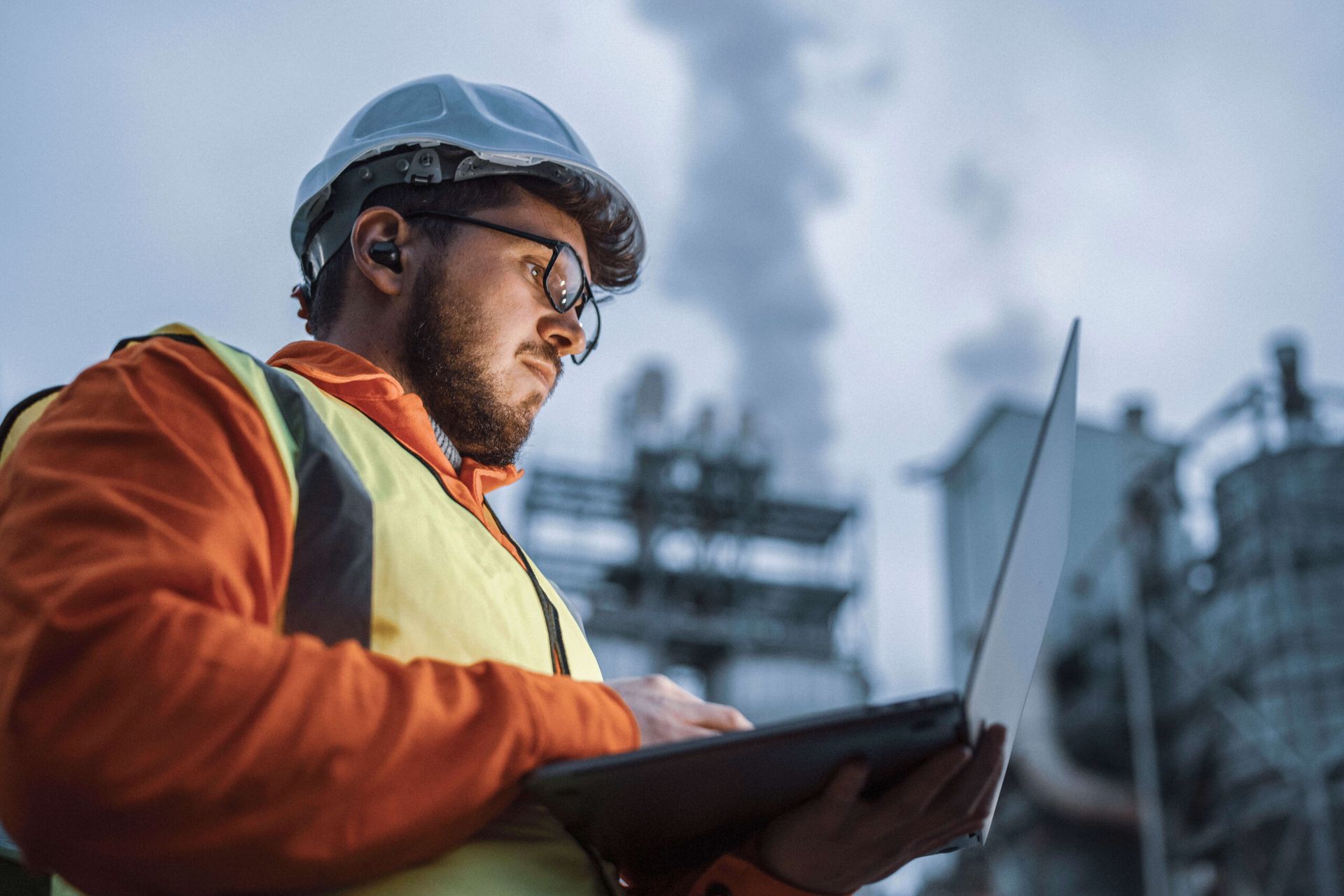Study Finds Trump’s Most Favored Nation Drug Proposal Could Still Raise Out-of-Pocket Costs Without PBM Reform
Study Finds Trump’s Most Favored Nation Drug Proposal Could Still Raise Out-of-Pocket Costs Without PBM Reform
Editorial Staff: June 25, 2025
BOSTON — Out-of-pocket drug costs for seniors may rise under President Trump’s Most Favored Nation (MFN) proposal if policymakers do not address the role of pharmacy benefit managers (PBMs), according to a brief released today by Pioneer Institute.
The MFN proposal aims to link U.S. drug prices to the lowest prices in developed countries. However, if rebate contracting remains in place, lower drug prices could still translate into higher out-of-pocket costs for seniors, who may be forced to skip medications to avoid the financial burden.
“We can say with confidence that pharmacy benefit managers are profiting substantially from rebates, fees, and concessions tied to popular medications commonly prescribed to seniors,” said Dr. Bill Smith, co-author of the brief with Dr. Robert Popovian. “These rebate payments can reach into the billions each year, creating strong incentives for PBMs to maintain the current system, even though many seniors on Medicare cannot afford the rising out-of-pocket costs. Policymakers must address this imbalance and ensure drug pricing works for patients, not just middlemen.”
Under the current U.S. pharmaceutical market, PBMs negotiate deals with drug manufacturers promising better coverage in exchange for rebates, various concessions, and fees. To fulfill these contracts, PBMs may increase patients’ out-of-pocket costs or impose extra paperwork to steer patients toward certain drugs. While generous rebates can sometimes reduce costs and administrative burdens, the system also incentivizes PBMs to favor higher-priced drugs that offer larger rebates, resulting in higher overall patient costs.
This rebate system is largely unregulated and operates behind the scenes. PBMs argue rebates help lower overall drug costs and keep insurance premiums down. However, the lack of transparency creates incentives that don’t always benefit patients.
Smith and Popovian’s brief hypothesizes that under the Inflation Reduction Act (IRA), PBMs faced lost revenue due to federal price controls, leading them to shift costs to patients. According to Pioneer Institute’s IRA Tool, out-of-pocket costs rose by 32 percent on average for nine commonly prescribed drugs, with seven seeing significant increases.
“Simply put, for the drugs with prices lowered by federal controls, seniors ended up paying more out-of-pocket,” said Dr. Popovian. “If drug prices fall under the President’s new policy but the flawed rebate system remains, patients will still struggle to afford their medications, and well-intentioned policies will backfire.”
This warning follows last month’s launch by Pioneer, a public tool to monitor the real impact of federal drug price controls under the IRA. The Medicare Drug Access Tracker focuses on Medicare patients served by the four largest PBMs, which cover 87 percent of the market, tracking whether price controls improve affordability over time.
Pioneer’s initial analysis found out-of-pocket costs increased for seven of nine drugs studied. Key findings include an average cost increase from $74.51 to $98.42 and individual drug cost hikes ranging from $10.56 to $316.81.
The public can access the tool at https://pioneerinstitute.org/rxpricewatch/.
###
Dr. William S. Smith is Senior Fellow & Director of Pioneer Life Sciences Initiative. Dr. Smith has 25 years of experience in government and in corporate roles. His career includes senior staff positions for the Republican House leadership on Capitol Hill, the White House Office of National Drug Control Policy, and the Massachusetts Governor’s office where he served under Governors Weld and Cellucci. He spent ten years at Pfizer Inc as Vice President of Public Affairs and Policy where he was responsible for Pfizer’s corporate strategies for the U.S. policy environment. He later served as a consultant to major pharmaceutical, biotechnology and medical device companies. Dr. Smith earned his PhD in political science with distinction at The Catholic University of America.
Dr. Robert Popovian is the Founder of the strategic consulting firm Conquest Advisors. He also serves as Chief Science Policy Officer at the Global Healthy Living Foundation, Senior Healthy Policy Fellow at the Progressive Policy Institute, and Visiting Health Policy Fellow at the Pioneer Institute. He previously served as Vice President, U.S. Government Relations at Pfizer.
One of the country’s foremost experts on every significant facet of biopharmaceuticals and the healthcare industry, he is a recognized authority on health economics, policy, government relations, medical affairs, and strategic planning. To learn more about Dr. Popovian please click here.
About Pioneer Institute
Pioneer empowers Americans with choices and opportunities to live freely and thrive. Working with state policymakers, we use expert research, educational initiatives, legal action and coalition-building to advance human potential in four critical areas: K-12 Education, Health, Economic Opportunity, and American Civic Values.





